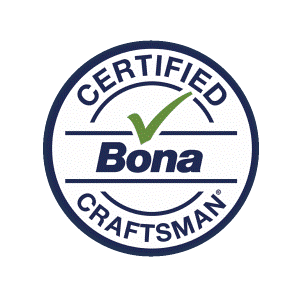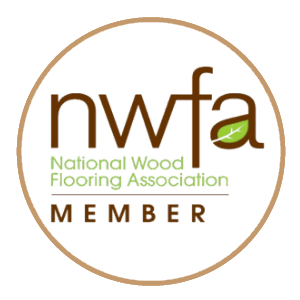How to Prevent Wood Floor Water Damage
Are you looking for ways to prevent water damage to wood flooring in your home? Genuine wood flooring is an attractive feature of many homes that brings a sense of rich warmth and luxurious style. However, even though wood floors are beautiful and highly sought after, they require extra care compared to many other types of flooring.
One of the biggest enemies of wood is water. In small amounts, it can stain and discolor wood. In large quantities, it can cause floors to rot away. Care is always needed to prevent wood floor water damage, and if you keep a few tips in mind, you’ll find that the extra effort isn’t too taxing or time-consuming.
Tips to Prevent Water Damage to Wood Floors
Once the water has damaged a wood floor, it can be difficult and expensive to repair the damage. It’s much easier and more economical to prevent damage in the first place. Here are some of the best ways to prevent wood floor water damage:
Make Sure Wood Is Properly Sealed
One of the best things you can do to prevent wood floor water damage is to make sure the wood is properly finished and sealed in the first place. A quality sealant will make floors look great and protect them from scratches, markings, stains, and water damage.
Sealants like polyurethane give floors a solid layer of protection that will give you time to clean up spills before they penetrate the protective coating and damage the wood. However, it’s important to remember that sealants don’t make floors waterproof; instead, they make them water-resistant.
Use Floor Coverings
Another excellent way people prevent water damage to wood floors is by placing area rugs, mats, and runners throughout the home. This is especially important if you have wood flooring in areas where water is common, such as at your home’s entrances or in the kitchen or bathroom.
Put a beautiful area rug under the dining room table where people often eat and drink. Place mats with a waterproof backing (such as rubber) at the entrances to your home to keep wet shoes from damaging wood floors. You should also use a mat on wood flooring near sinks to protect your floors from splashing water.
Keep Up with Plumbing Maintenance
Every once in a while, check for leaks in your crawl space, basement, and anywhere else there are water pipes. Also, take a good look underneath appliances like your washing machine, dishwasher, refrigerator, and sinks. There are many places where water damage can hide!
An undiscovered leaking pipe that drips onto wooden floors is one of the most common causes of flooring damage. By the time these leaks are discovered, significant damage can already be done. Be proactive by routinely taking a few minutes to check for leaks. Should you discover any, get them professionally corrected right away.
Clean It Up Quickly
Clean up spills as soon as they happen, even if your floors are sealed. Remember: sealants can’t waterproof floors; they only give you time to clean spills up before irreversible damage occurs.
When you use liquid cleaners on spills or mop your floors, don’t go overboard with the amount of liquid you use. A damp cloth is usually sufficient for cleaning; there’s no need for buckets or mops that are dripping wet.
Consider Refinishing
Keeping your floor in great shape is essential to prevent wood floor water damage. If the sealant on your floor is old or you have wood flooring with water damage, reach out to Elite Hardwood Flooring. We can restore, refinish, or replace your entire floor if needed. Contact us today — we can help.
Share

